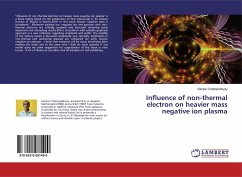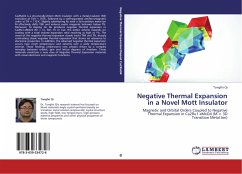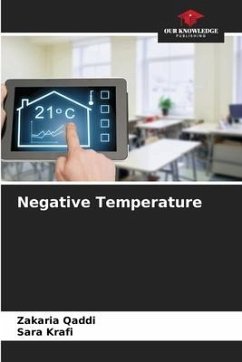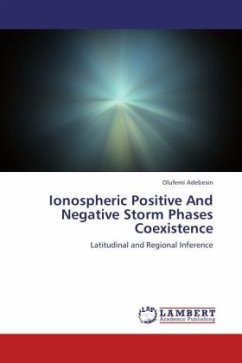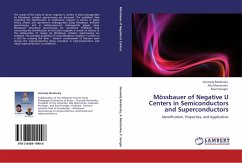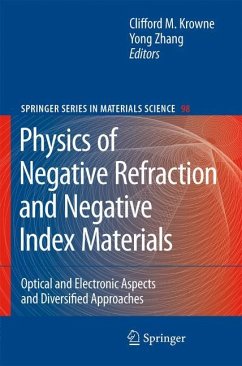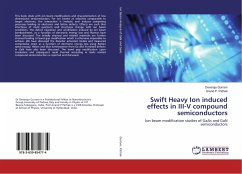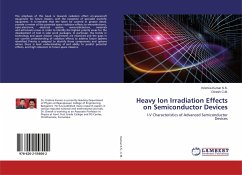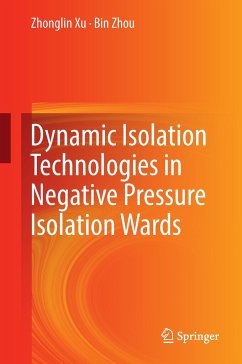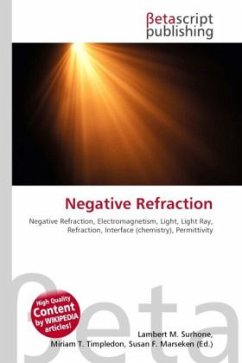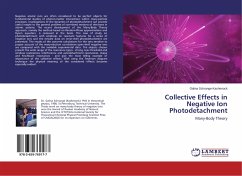
Collective Effects in Negative Ion Photodetachment
Many-Body Theory
Versandkostenfrei!
Versandfertig in 6-10 Tagen
16,99 €
inkl. MwSt.

PAYBACK Punkte
8 °P sammeln!
Negative atomic ions are often considered to be perfect objects for fundamental studies of photon-matter interactions within many-particle processes. Investigations of the dynamics of photodetachment can provide useful insight to the general problem of correlated motions of electrons in atomic systems. The recent development of the Many-Body Theory approach, namely the method based on Random-Phase approximation and Dyson equation, is reviewed in the book. The case of study on photodetachment with emphasis on resonant features for a series of negative ions and the newest data on inner-shell pho...
Negative atomic ions are often considered to be perfect objects for fundamental studies of photon-matter interactions within many-particle processes. Investigations of the dynamics of photodetachment can provide useful insight to the general problem of correlated motions of electrons in atomic systems. The recent development of the Many-Body Theory approach, namely the method based on Random-Phase approximation and Dyson equation, is reviewed in the book. The case of study on photodetachment with emphasis on resonant features for a series of negative ions and the newest data on inner-shell photodetachment are presented. The results of the concrete calculations for the very sensitive to proper account of the many-electron correlations open-shell negative ions are compared with the available experimental data. The objects chosen present the wide range of the resonance types - strong near-threshold and window resonances, interference and autodetachment resonances, shape and Feschbach resonances - and give the most telling example of importance of the collective effects. With using the Feynman diagram technique the physical meaning of the considered effects becomes especially evident.



